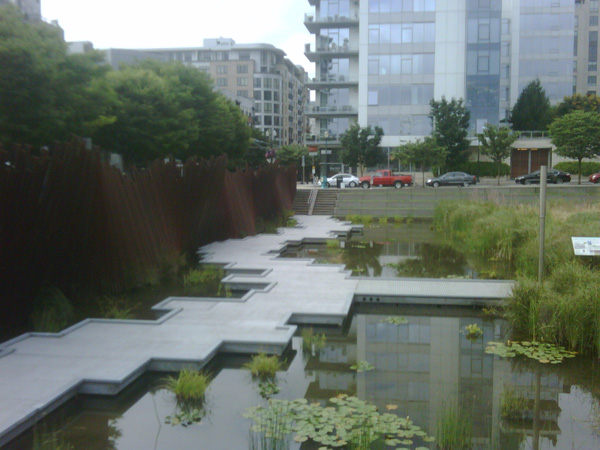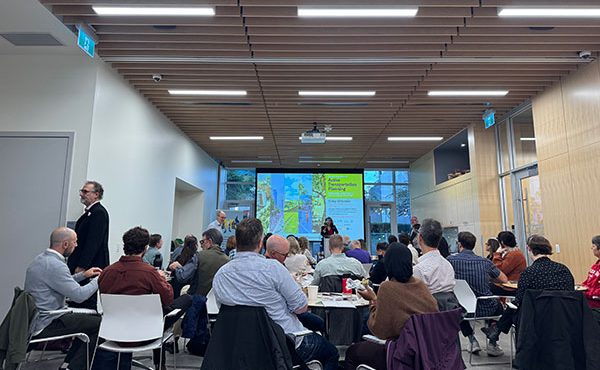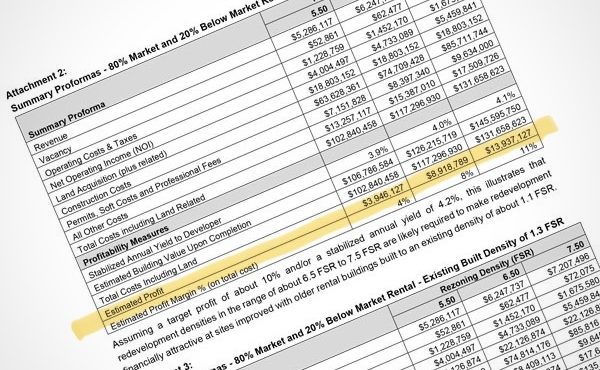
When one types “Portland CBD” in a search engine, one would expect articles and publications on the metropolitan’s newly thriving Central Business District. But culture is so vibrant that the first page is filled with “Portland’s Coffee by Design.” Now that is a city culture.
The Central Downtown area of Portland, which includes the waterfront to Willamette River, the Pearl District and many major brewers, boasts plenty of cultural and tourist attractions. Roaming through the multitude of restaurant patios, bike stations and cafés on a lovely Friday afternoon, I could not imagine a more thriving area. At the epicenter, Powell’s Book’s stands as North America’s biggest bookstore for new and re-used books. The city’s very own Chinatown is marked with graffiti and well-worn brick. Outdoor water parks (in the middle of the financial districts!) explode with children and families.
Right across the Willamette River on the western front, lies a completely different story. For years, the city has attempted to eradicate the idea of ‘tale of two cities’ – East and West Portland. Thus, in the past few years, major development has erupted. Importantly, one major piece of transportation infrastructure, the Tillikum Bridge (formerly Portland-Milwaukie Light Rail Bridge), will connect the two centers with light rail trains, buses, cyclists pedestrians and streetcars through the thriving educational district of the Oregon Museum of Science and Industry (OMSI).
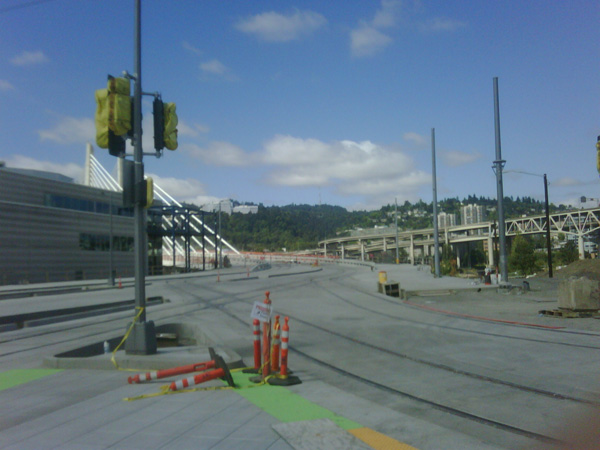
As a destination station, the OMSI station will provide direct route to the Central East-side, the new and upcoming employment center and business district. One major example of the adaptive-reuse development with supportive retail and mixed use is the East-side Exchange Building of Beam Development. As one of the first of creative office space in the Burnside Bridgehead area. The space boasts a stray from the conventional office space, pushing towards a collusion of interesting partner tenants from various industries.
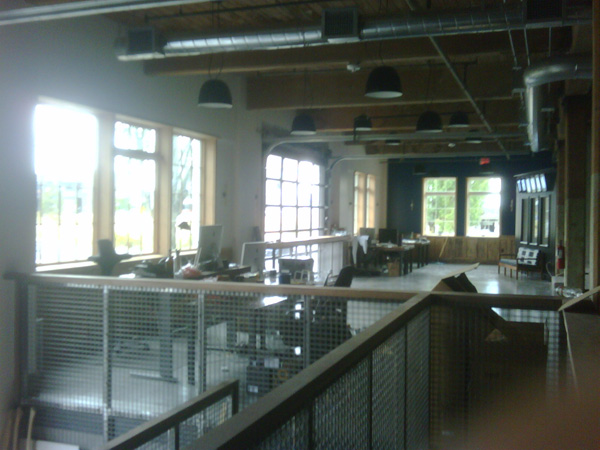
Technology and innovation, manufacturing, distribution, link design and industrial offices are the types of employment industries expected in the 7 acres of the Innovation Quadrant (owned by OMSI) and surrounding areas.

Portland has a lot of development in its future – increasing by 200,000 residents in the 25 years. In trying to increase density while maintaining its vibrant culture, Portland must re-evaluate their planning practices, and in some cases re-construct the architecture of their centers, corridors, and green-ways.
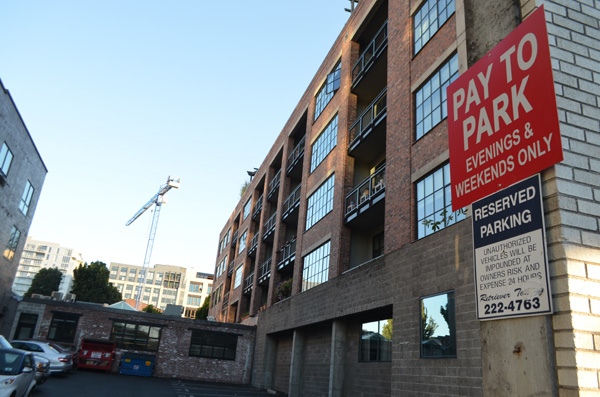
One astounding discovery I made while visiting Portland was its separation between the “work” and “live” aspects of the city. The same thriving downtown area I wandered through during that work day afternoon was barren as I strolling through it on a sunny Saturday. The scorching weather might have been a factor, but I doubt the whole reason for lack of people. Cultural issues like these will be important to address in the future. A great example has been the thriving Pearl District. With parks every few blocks and in the most affluent part of town ($0.5 million for a 1 bed/1 bath condo), I believe this area is a trend-setter for the growing city.
***
I was able to take this wonderful city-tour of Portland, OR as part of the Urban Land Institute Young Leaders Group Cascadia Regional Conference. Visit the walking tour description here (http://northwest.uli.org/wp-content/uploads/sites/39/2014/07/Conference-Tour-Overview.pdf)
An excellent recent report from the municipal planners of Portland on their future vision and current urban trends: http://www.portlandoregon.gov/bps/article/218810.
**
Brittany Lee pretends to be a third-culture kid, especially after living in Dubai, Seoul, Vancouver and now Toronto. Fascinated by city intersections and urban spaces, she is the City Organizer of the Coquitlam Jane’s Walk and an Online Contributor of The Huffington Post. At the Queen’s School of Business, Brittany is pursuing a career in Real Estate Development. Follow her thoughts through pictures (www.brittafilters.wordpress.com) or prose (@brittafilters).

